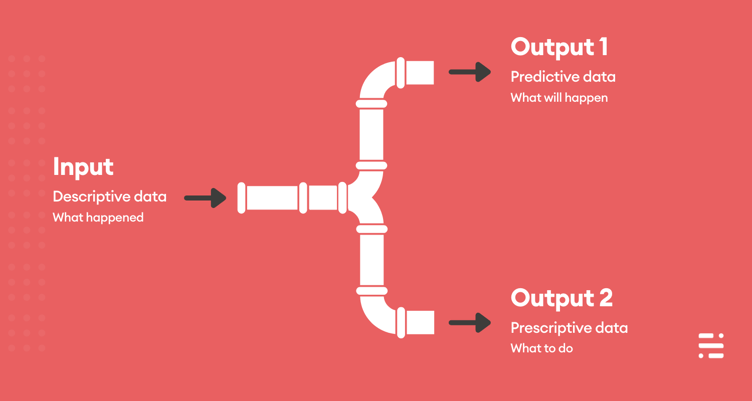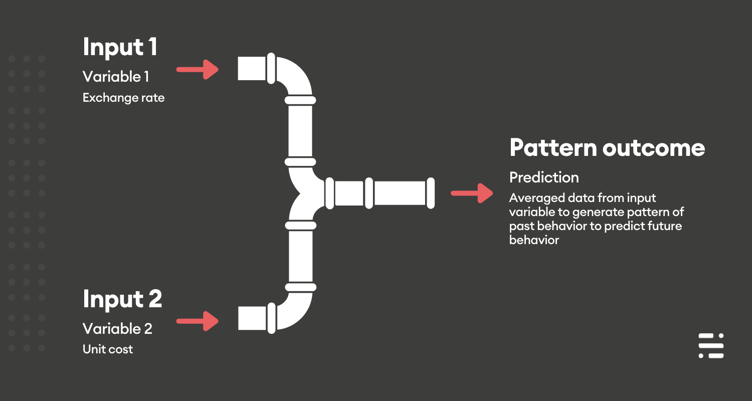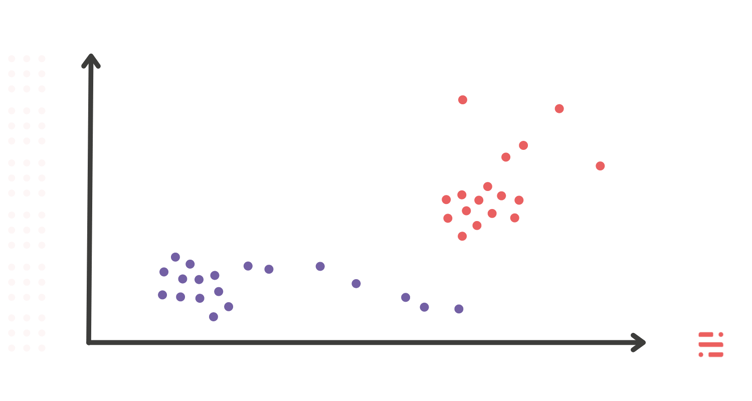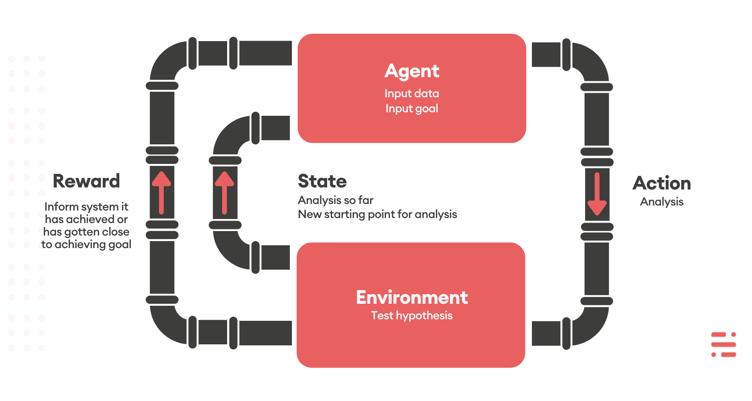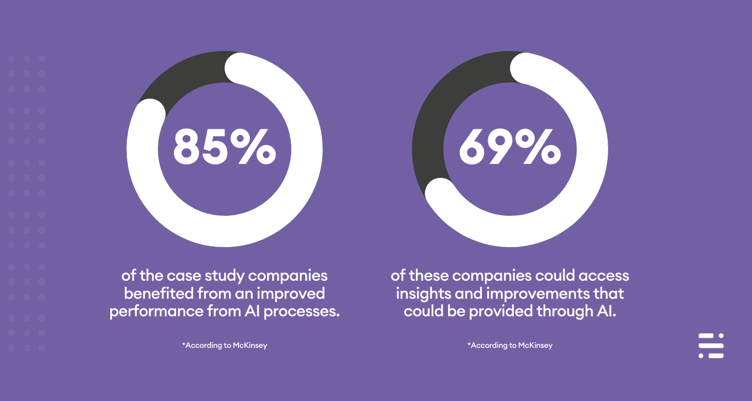The modern workplace is teeming with tech. Businesses are constantly updating hardware and procedures to keep up with the latest developments and competitive edge over their competitors. Part of this development often discussed as Industry 4.0, is the integration of machine learning.
But, do you understand what machine learning is? And more importantly, do you see the incredible potential of using machine learning to increase your productivity and performance?
What is Machine Learning?
Machine learning (ML) is a branch of artificial intelligence (AI) that uses very large data sets. In its simplest form, this is a ‘data in, answers out’ system to determine one of two outcomes. The machine learning processes are highly advanced and provide insights rather than just summaries of the information. These insights are:
- Predictive data which will help you understand what is statistically most likely to happen next. This is based on the data you fed into the machine. This may be the most likely change to the demand for your product.
- Prescriptive data which gives you actionable instructions on the next steps to take that will be successful. This is based on the historical data entered. This may be the best day to call a contact to close a sale.
Machine learning example 1:
Machine learning outcomes diagram
Obviously, the input/output model above is somewhat of a simplification of a highly technical process. In fact, machine learning is made up of more complex models to deliver the advanced insights we want from them. These can be summarised into three types of machine learning:
Supervised learning.
Supervised learning uses data and feedback (from humans) to identify the relationship between a specific input and the generated output. This process can only be employed when you know how to collate the input data and the desired output.
E.G. You need to know:
- A predicted unit cost of your item that accounts for exchange rate changes from the UK (item origin).
- The USA (item destination) based on historical data you have.
In the diagram below you can see a machine learning example. It shows how the exchange rate UK to US (input one) and the unit cost (input two) impacts export unit costs to the US.
In this case, you need to know your inputs and desired output but require an algorithm (the process of machine learning) to do the calculations on the large data set for you.
Machine learning example 2:
Supervised learning example diagram
Unsupervised learning.
This doesn’t require human interaction to group inputs or set output goals (what you are trying to find out). This uses an algorithm to explore data and find any patterns in the data set. This may be sales spikes or data clusters by date or demographics.
Because unsupervised learning is not trying to solve a problem set by humans, they can show patterns that are unexpected. These results can direct future research into areas not even previously considered by humans.
An example of this may be an unexpected correlation between the two products. E.G. A trend emerges where customers buy printer paper and toilet paper in one transaction.
It will be in a business’ interest to find out why and explore ways to profit from this behavior. An unexpected insight such as this gives the opportunity to explore a special offer.
Machine learning example 3:
Unsupervised learning outcomes diagram
Reinforcement learning.
Reinforcement learning is where the machine will run and re-run algorithms in a cycle to reach a set goal. It does this by maximizing results according to the parameters set by a researcher. In the program setup, the researcher will have a goal for the algorithm. For example, reaching a certain percentage profit on a process.
Each time the algorithm gets closer to that target it will get a ‘reward’. This tells it to continue on that path of exploration. The cycle continues until the target outcome is reached or it completes all of the iterations of the data.
This, however, relies on the researcher knowing a target or goal for the computer to work towards.
Machine learning will then create a cycle of testing the variable actions until it has its best result.
Just like regular experiments, it repeats a series of actions, learns from the result, adjusts and tries again until successful.
Machine learning example 4:
Reinforcement learning outcomes diagram
Deep learning.
Now, if you thought the last three models were complicated, take a seat for what deep learning involves!
Deep learning processes a much wider range of data sources. These include voice and visual data, on a larger scale input than other machine learning models.
Convolutional neural networks.
The visual recognition analysis of data is called convolutional neural networking. This identifies a wide range of patterns and shapes (depending on the input data). E. G. Convolutional neural networking can identify cancerous cells in a tissue sample or detect defective items on a manufacturing line.
Recurrent neural networks.
The second type of deep learning is in your pocket right now. Recurrent neural networks are responsible for the systems behind your mobile phone’s predictive text. This relies on algorithms trawling through masses of text data to offer the most likely next word in your message.
Although both are helpful to modern society the financial implications for manufacturing are massive.
If machine learning and its deep learning counterparts can predict breakdowns and spot defects we have to ask the question. How can manufacturers not invest in new technologies to reduce their bottom-line?
What are the benefits of machine learning?
In a recent study by McKinsey 85% of the case study companies benefited from an improved performance from AI processes.
69% of these companies could access insights and improvements that could be provided through AI.
The percentage of potential incremental value across different industries showed big opportunities ranging from 30% to 128%. Highlights for wholesale, manufacturing, and distribution industries included transport and logistics (89%) and automotive and assembly (85%).
So what's stopping you from using machine learning?
The evidence is already out there. Our lives are already easier and more efficient thanks to machine learning. But, getting the board ‘buy-in’ and integrating machine learning is difficult. The usual obstacle? Money. The cost and resources required to set up, run and maintain a machine learning process are significant.
Hardware and software advancements move so quickly that they are far outpacing current education models. As a result, not enough machine learning specialists are training and entering the workforce.
This is creating a bidding war for those 10,000 or so AI specialists (worldwide) that are already in the workplace (New York Times).
The most complicated and cutting-edge machine learning is often only the domain of multi-national conglomerates.
Don’t despair, smaller-scale artificial intelligence is already available that will prepare your business for a digital future. Data analysis tools like sales-i.
Start your analysis today.
One of the biggest stumbling blocks faced by companies is their existing technical setup. Simply, they haven’t established an effective way to process and analyze the data they already have. This is essential as it forms the foundation of any worthwhile machine learning programme.
sales-i is a BI tool that combines siloed data from your ERP and CRM systems delivering insights in real-time.
With fast reporting, simple dashboards, data drilling, and mobile access, sales-i puts the power of your data in your hands. With the right tools, your employees will deliver outstanding results.
sales-i is proactive and alerts you with information about at-risk accounts without you having to perform a search.
Our Campaign functionality allows for specific targeting to help your sales team see opportunities. It identifies ways to up-sell products to your low-margin customers to stabilize and boost your company’s revenue.




